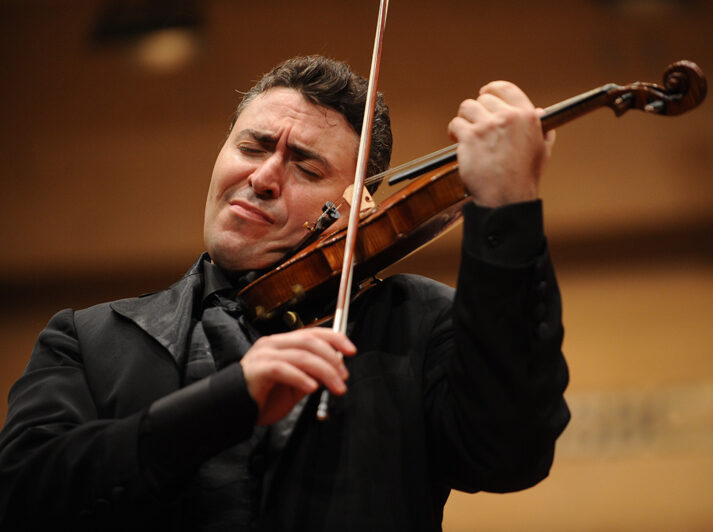Breathe Easy: The Importance of Breath in Violin Playing
Often overlooked in the technical intricacies of violin playing, breath is a fundamental element that significantly impacts a musician’s performance. While it might seem counterintuitive that a wind instrument player would need to focus on breathing, for violinists, it’s equally crucial.
Many violinists hold their breath during challenging passages, leading to tension and performance anxiety. To address this:
-
Conscious Breathing: Practice mindful breathing during practice sessions. Focus on deep, diaphragmatic breaths.
-
Physical Relaxation Techniques: Incorporate stretching and relaxation exercises into your warm-up routine
-
Humming While Playing: Humming while playing can help coordinate breath and bow movement, improving phrasing and intonation.
-
Breath and Bow Coordination: Practice drawing the bow on a single string while inhaling and exhaling slowly and evenly.
Breathing Exercises for Violinists
The Breath of Music: A Violinist’s Guide
The art of violin playing is often likened to crafting a delicate wine. Just as oxygen enhances a wine’s bouquet, proper breathing infuses a violinist’s performance with depth and richness. This article explores the vital role of breath in violin playing, from its impact on the instrument and the musician to practical techniques for harnessing its power.
The Symphony of Breath
Breathing is the often-overlooked conductor of a violinist’s performance. It’s the invisible force that shapes musical phrases, relaxes the body, and allows the instrument to resonate freely. By understanding and mastering breath control, violinists can elevate their playing to new heights.
Breathing Life into Pauses
Contrary to popular belief, pauses in music are not moments of silence but opportunities for musical expression. Just as a singer takes a breath to emphasize a lyric, a violinist should use pauses to enhance the musical narrative. By continuing the movement of the bow and maintaining a relaxed body during rests, players can create a seamless flow of sound and meaning.
The Bow as Lungs
For violinists, the right hand is the equivalent of lungs. By allowing the bow to move freely and naturally, even during pauses, players can emulate the continuous flow of breath. This approach prevents tension and encourages a vibrant, resonant tone.
Body and Instrument in Harmony
To fully harness the power of breath, violinists must cultivate a relaxed body and allow the instrument to vibrate freely. Deep breathing before playing helps to alleviate tension and promotes a centered, focused performance. Additionally, avoiding excessive bow pressure allows the instrument to resonate fully, producing a rich and complex sound.
Conclusion
Breathing is the cornerstone of expressive and technically proficient violin playing. By incorporating conscious breathing practices into your routine and understanding its role in shaping musical phrasing and instrument resonance, you can unlock new levels of artistry and musicality.
Part of this article was Curated and Co-written by Anna Gould.
-
Breath, Soul, and the Essence of Life: Insights by Violinist Ivry Gitlis
The Connection Between Body and Bow
Physical Relaxation: Deep, steady breathing promotes relaxation throughout the body. This is essential for violinists as tension can hinder bow control, intonation, and overall sound quality.
Stamina and Endurance: Proper breathing provides the necessary oxygen to sustain long playing sessions. It helps prevent fatigue and ensures consistent performance, especially during demanding pieces.
Bow Control: Coordinating breath with bow strokes can enhance precision and responsiveness. Exhaling as you draw the bow can help maintain a steady, even stroke.
By understanding the vital role of breath in violin playing and incorporating breathing exercises into your practice routine, you can significantly enhance your musical expression, technical proficiency, and overall performance. Remember, just as a singer relies on breath for vocal power and control, a violinist relies on it for a rich, resonant sound and effortless playing.
Discover more from Luthier On Call
Subscribe to get the latest posts sent to your email.
















